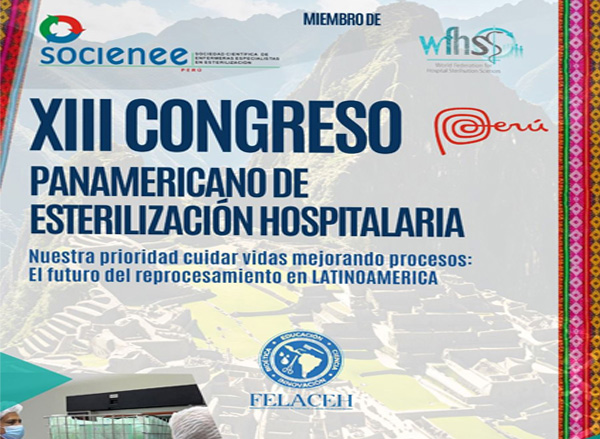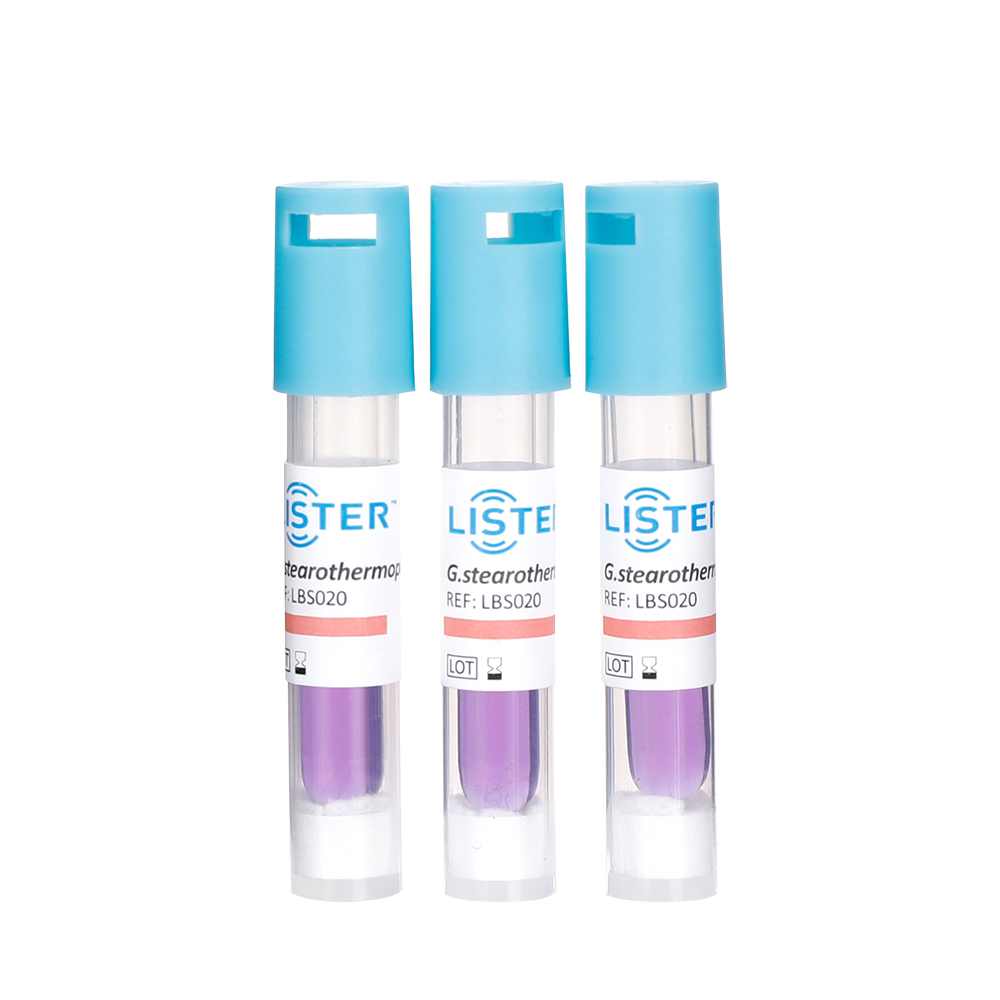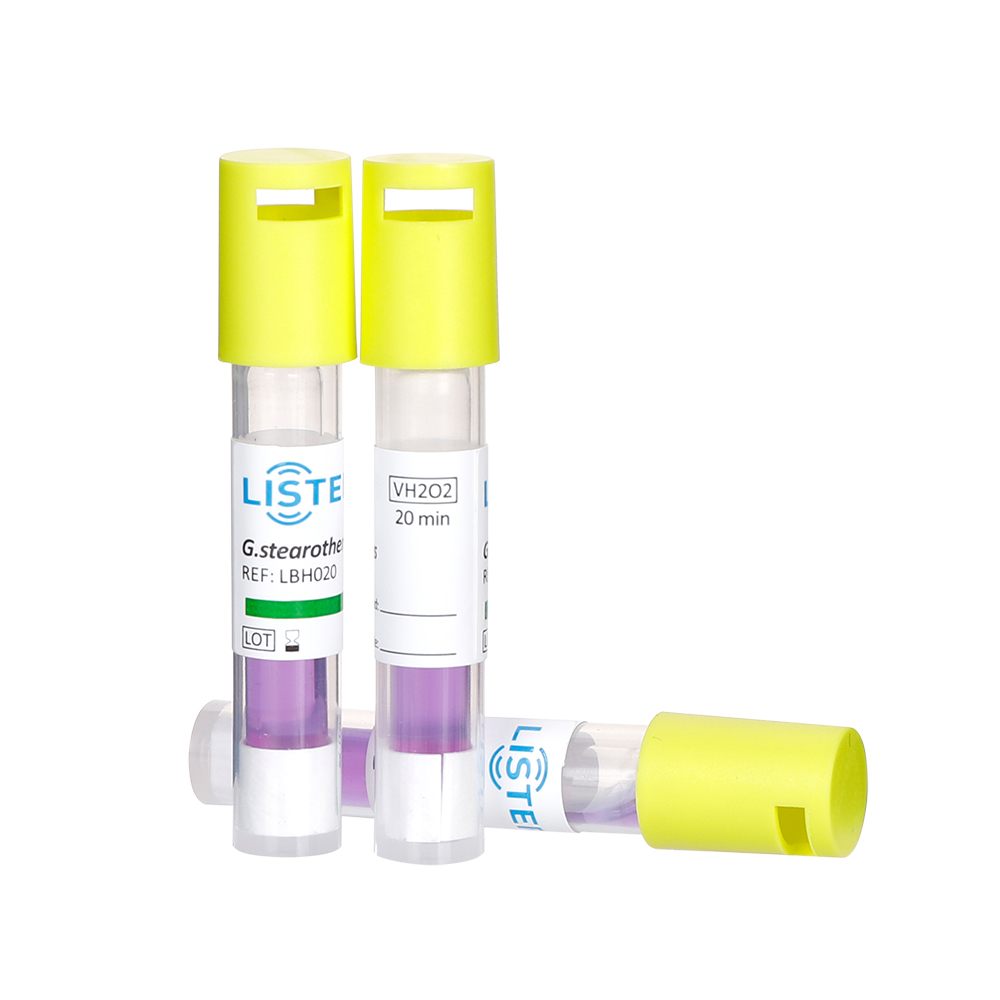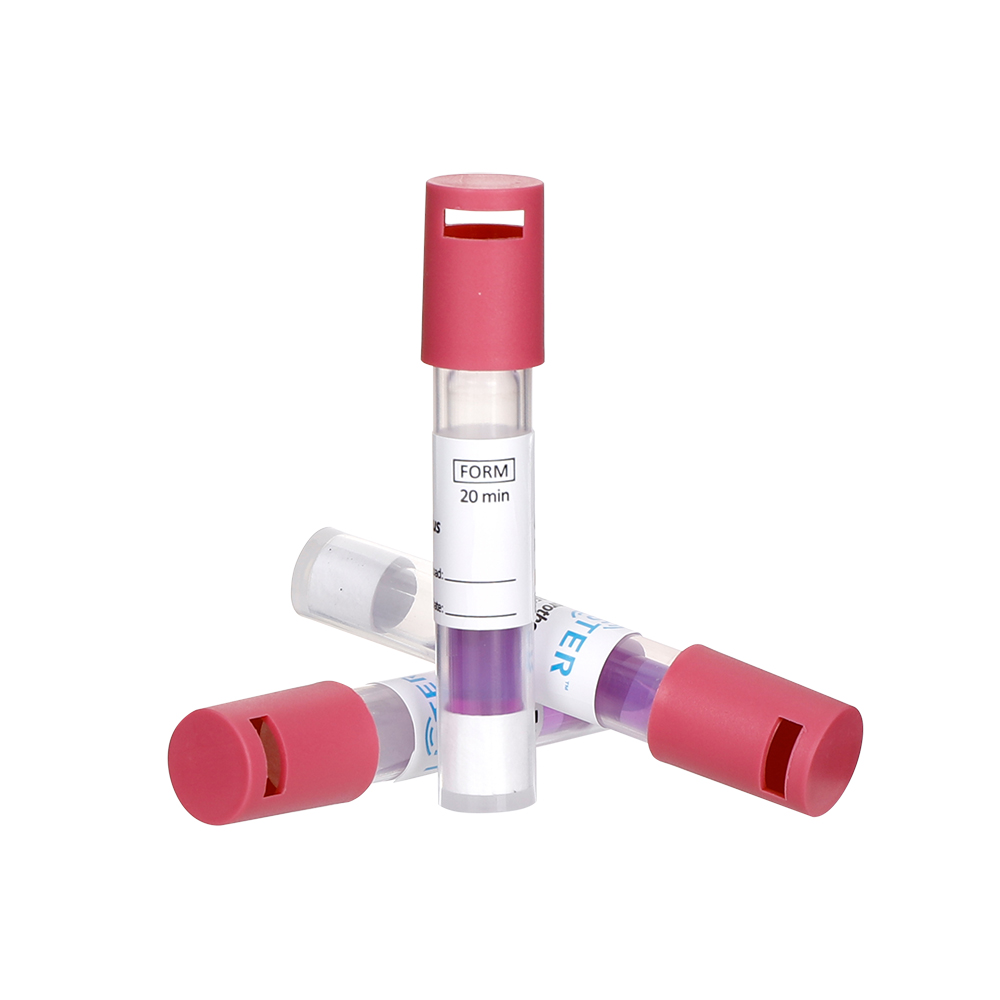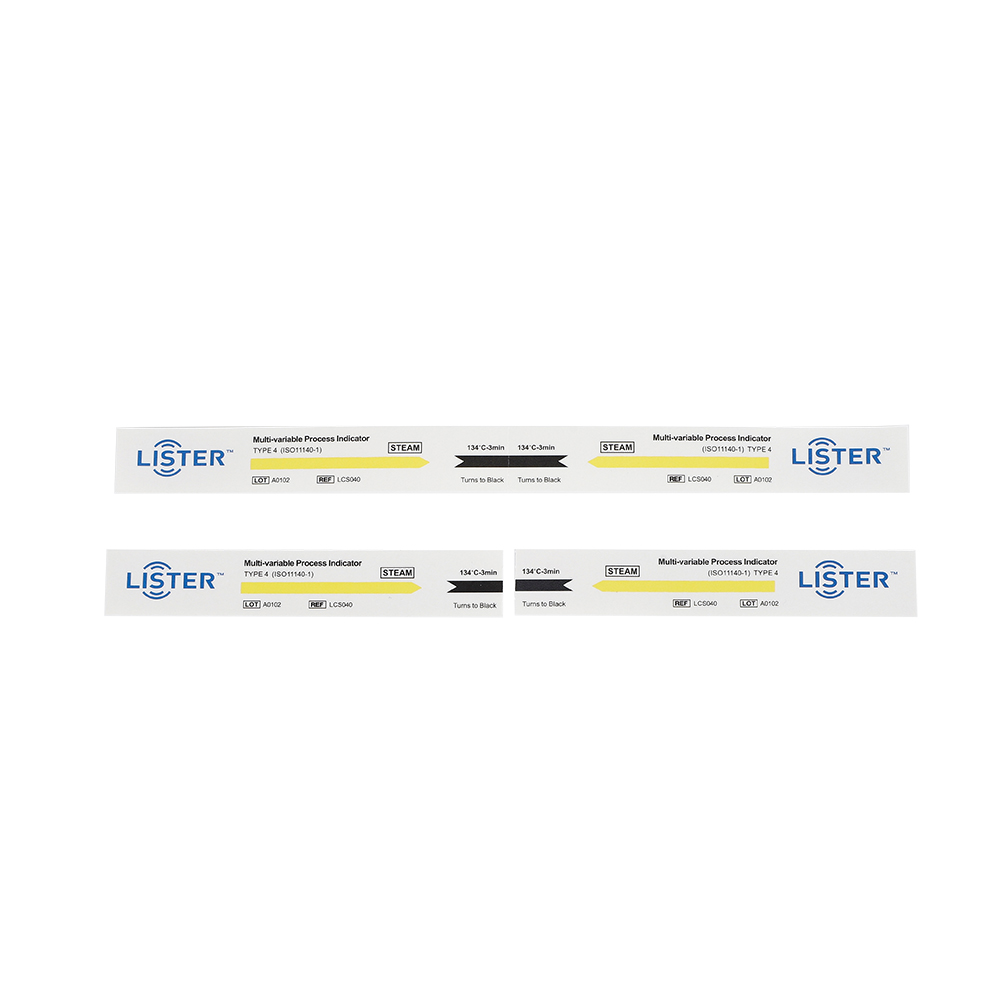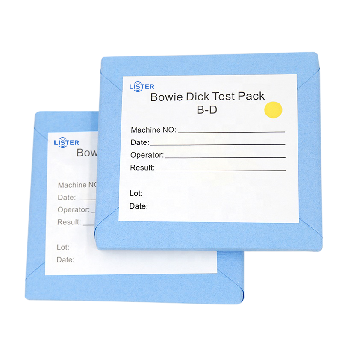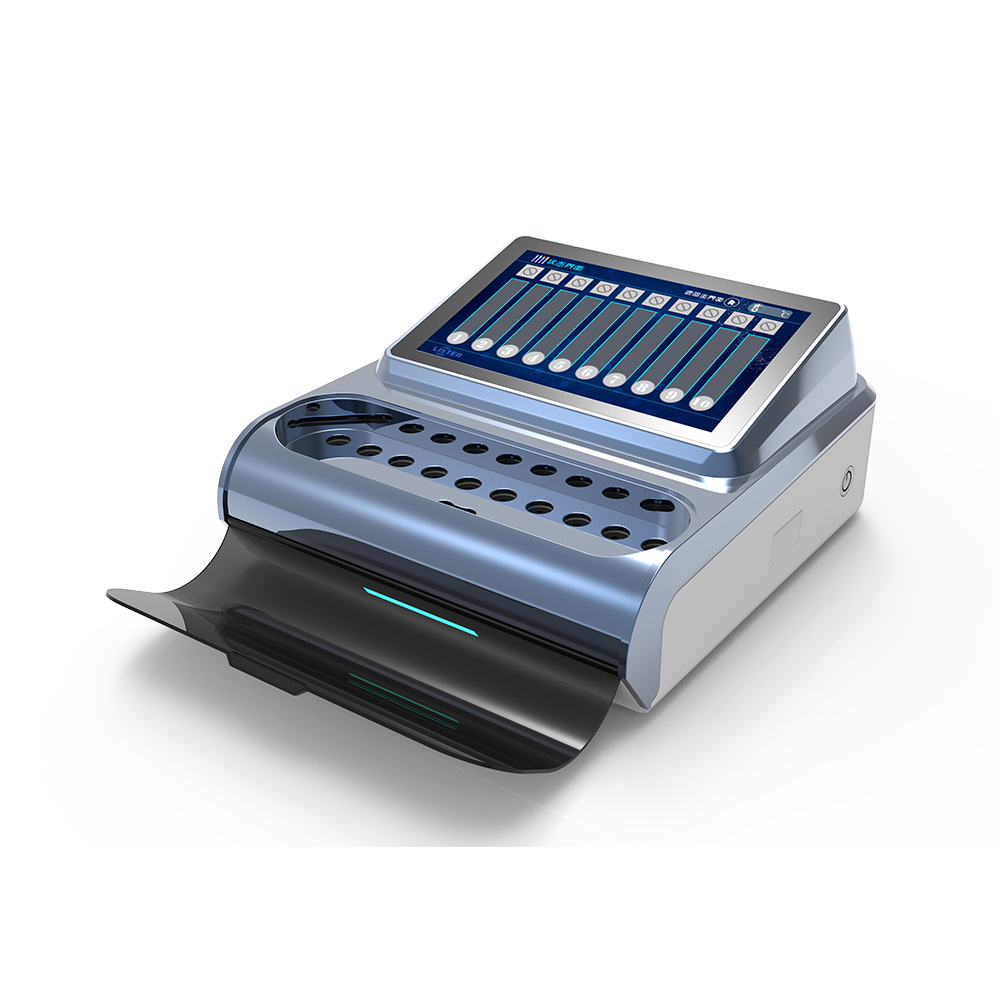16 Jun, 2025
LISTER BIOMEDICAL CO.,LTDwas invited to participate XIII Congreso Panamericano de Esterilización Hospitalaria FELACEH - SOCIENEE 2025.
Introduce the principles and methods of reprocessing reusable medical devices. With the continuous updating and iteration of medical devices, introduce the limitations and risks of existing methods, and analyze effective solutions for the future.
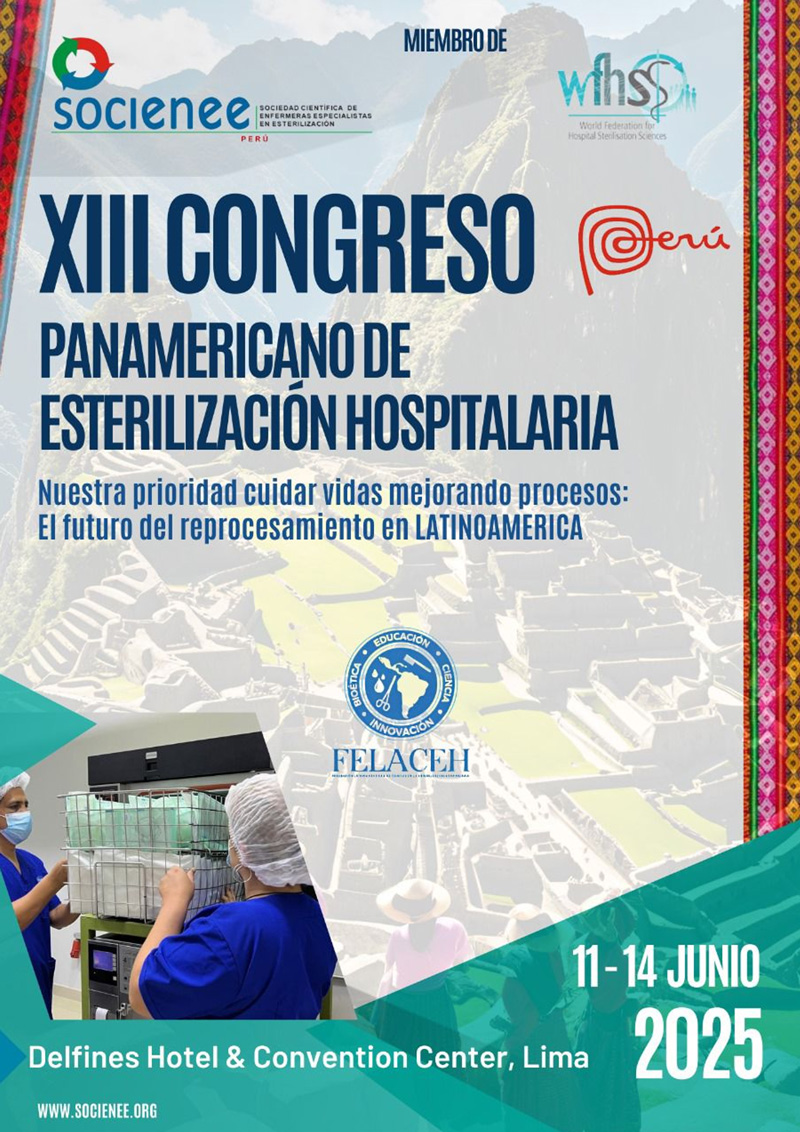
Medical devices are crucial for patient care in evolving healthcare systems. 1,2Pre-pandemic, the U.S. performed ~ 54 million outpatient and 46 million inpatient surgeries annually. COVID-19 safety measures caused widespread cancellations of surgeries and endoscopies, overwhelming healthcare systems with backlogs. 3,4Compounding these challenges, medical device-related complications—notably Hospital-Acquired Infections (HAIs)—affect 1.7 million U.S. patients yearly, causing 99,000 deaths. 4Devices account for 60-80% of HAIs linked to bloodstream, urinary tract, and pneumonia infections. Pathogen transmission routes remain complex, complicating efforts to pinpoint causes.
The regulated medical device industry, including OEMs and sterilization services, ensures patient safety through strict protocols. Reusable devices require detailed instructions (IFUs) for cleaning and sterilization, typically managed by healthcare facilities. 5A global survey by Kenters et al. revealed inconsistent reprocessing practices for flexible endoscopes: while 82% of facilities follow standard procedures, 50% of practitioners demand enhanced training programs to prevent errors. To combat HAIs, healthcare systems still rely on Dr. Spaulding’s 50-year-old classification, which categorizes devices by infection risk: critical, semi-critical, and non-critical.
David.L
contacto@electrónico.com
Tags:

